The Science Behind Burning Wood: How Different Logs Affect Heat Output
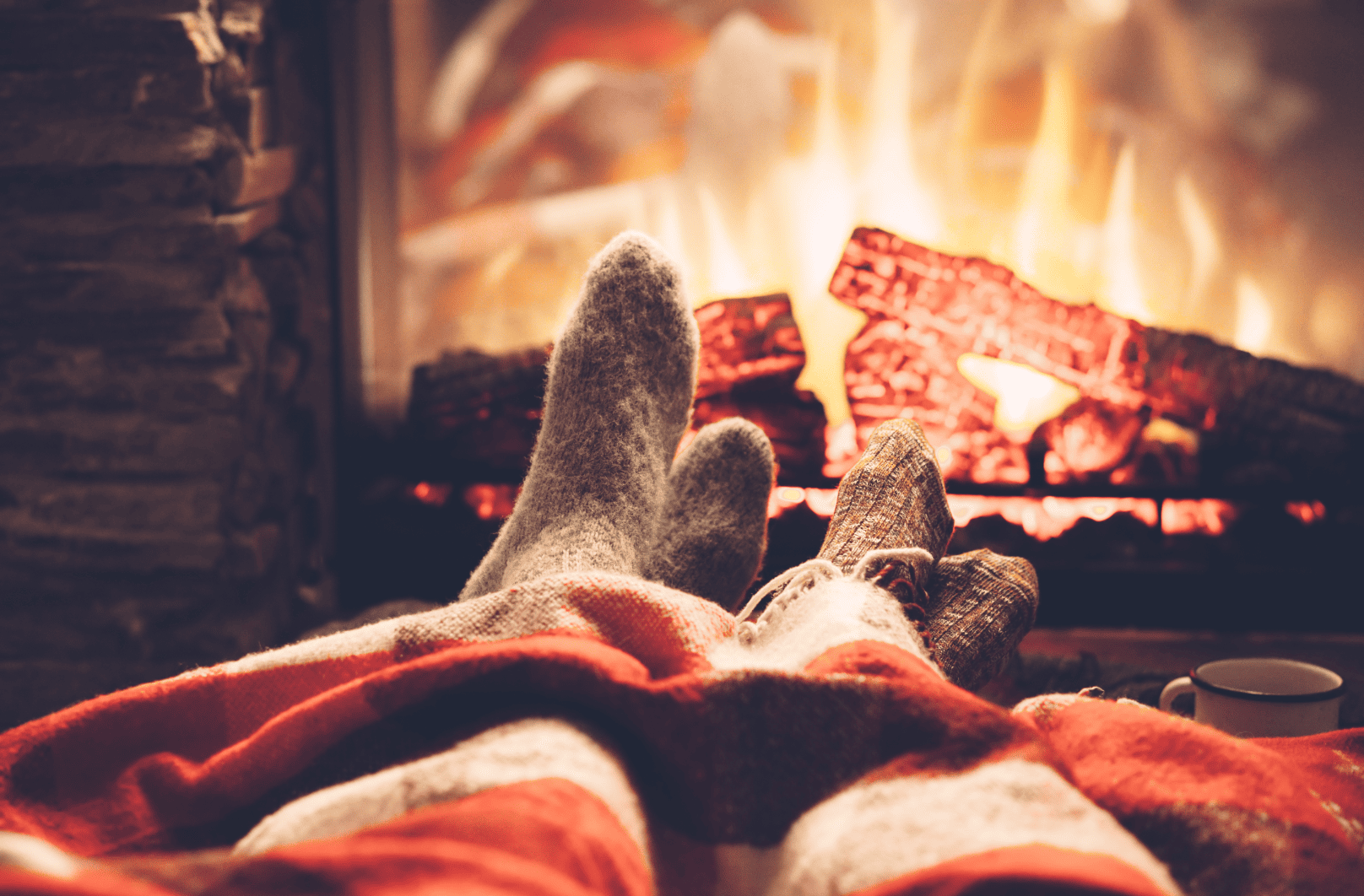
Introduction
As the temperatures drop and the cold weather sets in across the UK, many homeowners turn to their wood burners and fireplaces for warmth and comfort. Understanding the science behind wood combustion is essential for maximising heat output and ensuring an efficient burning process. Different types of logs can significantly impact how effectively your wood burner operates, influencing not only the warmth produced but also the emissions generated during combustion.
When it comes to logs for log burners, Fireplaces or wood stoves, the choice of wood can make a substantial difference in performance. This article explores the chemistry of wood combustion, focusing on how moisture content and wood density affect heat production. By understanding these factors, you can optimize your heating experience while enjoying the cosy ambience that only a real fire can provide.
The Chemistry of Wood Combustion
Combustion Process
Combustion is a chemical reaction that occurs when wood reacts with oxygen in the air, producing heat, light, and various by-products such as water vapour and carbon dioxide. For effective combustion, three essential elements must be present: fuel (the logs), oxidizer (air), and heat (an initial ignition source). The process can be broken down into several distinct stages:
- Moisture Evaporation: Before any combustion can occur, the moisture present in the logs must be evaporated. This process begins when the temperature of the wood rises to approximately 100°C (212°F). Logs with high moisture content require more energy to ignite, as this energy is first used to evaporate the water rather than produce heat. Ideally, firewood should have a moisture content of less than 20% for optimal burning.
- Primary Combustion: Once the moisture has been driven off, the wood begins to undergo primary combustion at temperatures around 540°C (1,000°F). During this phase, volatile gases are released and ignited, producing a significant amount of heat and flames. This stage accounts for about 70% of the wood’s calorific value. The flames during this phase are typically strong and yellow.
- Secondary Combustion: To achieve maximum efficiency, it is crucial for temperatures to reach above 593°C (1,100°F ), where secondary combustion occurs. This stage burns off any remaining volatile gases and char from the primary combustion phase, significantly increasing heat output while minimizing smoke and other pollutants. A clean burn will leave behind fine ash, indicating efficient combustion.
Pyrolysis
Pyrolysis is a thermochemical decomposition process that occurs when wood is heated in the absence of oxygen. This process begins at temperatures between 200°C and 300°C (390°F – 570°F) and plays a vital role in wood burning by breaking down complex organic materials into simpler compounds. During pyrolysis, wood components such as hemicellulose, cellulose, and lignin decompose into gases, liquids, and char.
- Hemicellulose decomposes at lower temperatures (around 200°C to 260°C or 392°F to 500°F).
- Cellulose breaks down between 240°C and 350°C (464°F to 662°F).
- Lignin, which provides structural support in plants, decomposes at higher temperatures (above 300°C or 572°F).
The products of pyrolysis include flammable gases that contribute to heat production during combustion and solid residues that can be further burned or converted into charcoal.
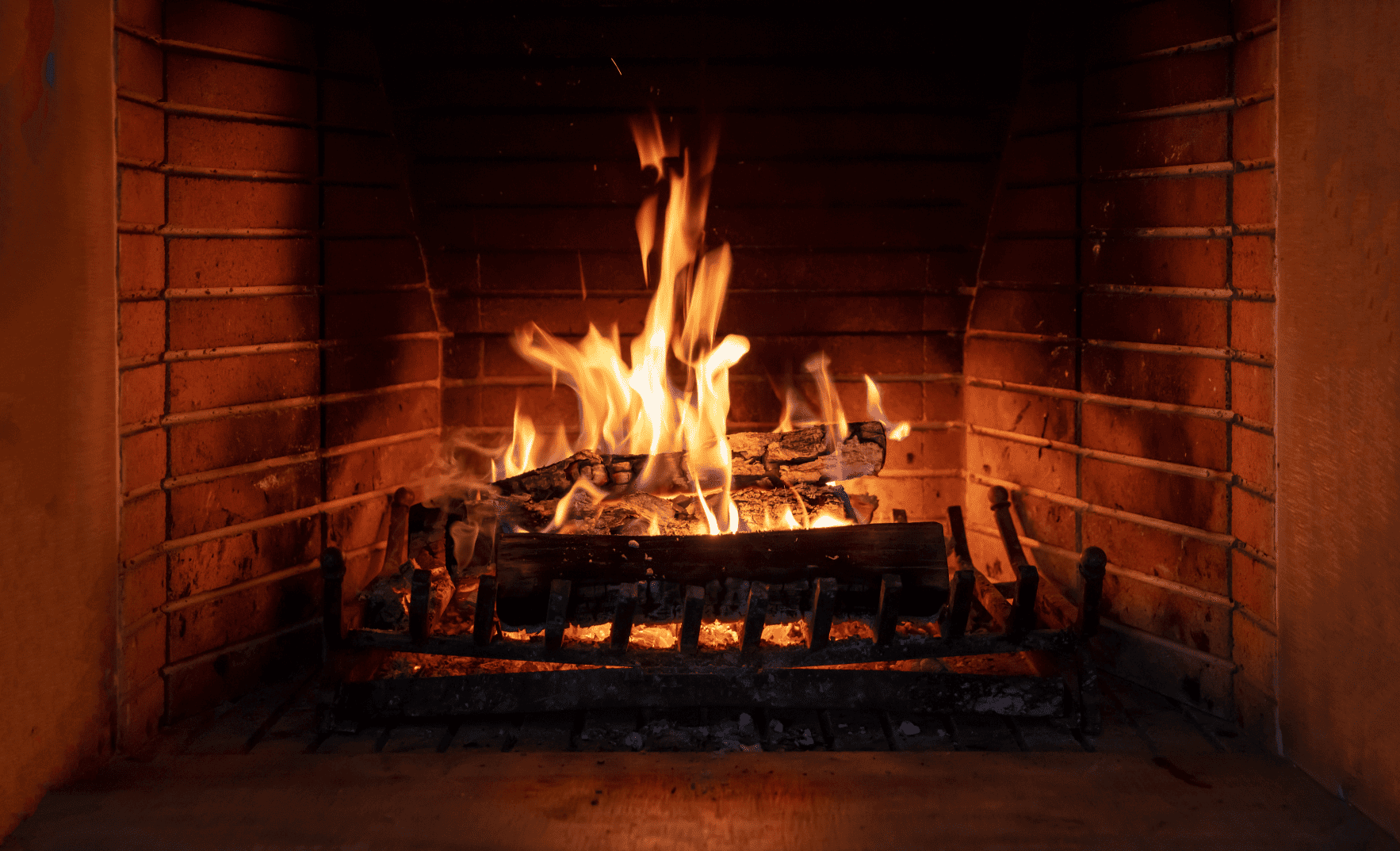
Factors Affecting Heat Output
Moisture Content
The moisture content of firewood has a profound impact on combustion efficiency and heat output.
- Impact on Efficiency: Higher moisture levels in logs lead to incomplete combustion, reducing overall heat output and increasing smoke emissions. When burning wet wood, more energy is consumed in evaporating water than in generating heat.
- Ideal Moisture Content: For optimal burning efficiency, firewood should have a moisture content between 15% and 20%. This range enables effective ignition and maximum heat production.
- Consequences of High Moisture Content: Burning logs with excessive moisture can result in:
- Increased smoke production.
- Lower heat output.
- Higher emissions of harmful pollutants like carbon monoxide.
Graphical representation of heat output vs. moisture content can illustrate these relationships effectively.
Wood Density
Wood density plays a critical role in determining firewood energy content.
- Definition of Wood Density: Wood density refers to the mass of wood per unit volume and is significant because denser woods generally contain more energy than lighter woods.
- Comparison of Hardwoods vs. Softwoods:
- Hardwoods (e.g., oak, hickory) typically have higher calorific values than softwoods (e.g., pine, spruce). Hardwoods can produce approximately 30 million BTUs per cord, while softwoods may yield around 20 million BTUs per cord.
| Wood Type | Average Density | Heat Output (BTUs per cord |
| Oak | High | ~30 million |
| Maple | Medium | ~28 million |
| Pine | Low | ~20 million |
By understanding these factors—moisture content and wood density—homeowners can make informed choices about which logs to use for their log burners, fireplaces, or wood stoves, ensuring optimal heating performance throughout the colder months.
-

Kiln Dried Hardwood Logs Bulk Bags
£169.00 – £299.00 Select options This product has multiple variants. The options may be chosen on the product page -
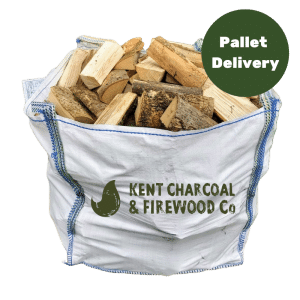
Wood Burner Dry Logs Bulk Bags
£154.00 – £269.00 Select options This product has multiple variants. The options may be chosen on the product page -
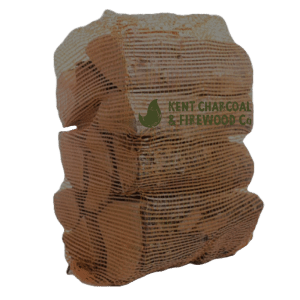
Kiln Dried Hardwood Logs
£24.99 – £259.00 Select options This product has multiple variants. The options may be chosen on the product page -
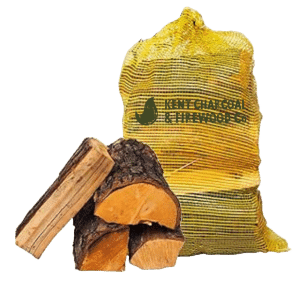
Wood Burner Logs
£22.00 – £249.00 Select options This product has multiple variants. The options may be chosen on the product page
Emissions and Environmental Impact
Emission Levels
When burning wood in a log burner, fireplace, or wood stove, various emissions are produced as by-products of combustion:
- Overview of Emissions: The primary emissions from wood combustion include carbon dioxide (CO2), particulate matter (soot), carbon monoxide (CO), and volatile organic compounds (VOCs). While CO2 is a natural by-product of burning organic materials, excessive particulate matter and CO can contribute to air pollution and health issues.
- How Moisture Content Affects Emissions: Higher moisture content in firewood leads to incomplete combustion, resulting in increased emissions. Wet wood produces more smoke and particulate matter because the energy used to evaporate moisture prevents the complete burning of the volatile gases released during combustion.
Sustainable Practices
To mitigate emissions and promote environmental sustainability while using your log burner, fireplace, or wood stove, consider the following practices:
- Importance of Using Seasoned Firewood: Seasoned firewood has been dried to reduce its moisture content, making it more efficient for burning. Using seasoned logs not only improves heat output but also reduces harmful emissions.
- Tips for Choosing Sustainably Sourced Wood:
- Find local suppliers who practice sustainable forestry.
- Consider purchasing logs that are certified as sustainably harvested.
- Avoid using treated or painted wood, as these can release harmful chemicals when burned.
Practical Tips for Efficient Wood Burning
Selecting the Right Logs
Choosing the right logs based on your heating needs is crucial for maximizing efficiency:
- Opt for hardwoods when you need long-lasting heat.
- Use softwoods for environmental benefits and for fast heat
Storage and Preparation
Proper storage is vital for maintaining low moisture levels in your firewood:
- Store logs in a dry area with good airflow to facilitate drying.
- Stack firewood off the ground and cover it to protect it from rain and snow while allowing air circulation.
Packing and Lighting Techniques
Efficient packing and lighting techniques can significantly enhance combustion efficiency:
- Packing Logs Correctly: When loading your log burner or fireplace, place two logs at the bottom parallel to each other. Then place two additional logs on top of those but crosswise. This arrangement promotes maximum airflow through the firebox.
- Lighting Techniques: Use dry kindling or fire starters to ignite your fire easily. A top-down lighting method—placing larger logs at the bottom and smaller kindling on top—can help achieve a hotter initial flame that efficiently ignites larger logs.
By following these practical tips and understanding the science behind wood combustion, you can enjoy a warm and cosy environment in your home while minimizing environmental impact during the colder months.

Wrapping Up
Understanding the science behind wood burning is essential for anyone using a log burner, fireplace, or wood stove. By grasping the principles of combustion, moisture content, and wood density, you can significantly enhance the efficiency of your heating appliance. This knowledge not only helps in maximizing heat output but also reduces harmful emissions, contributing to a healthier environment.
Choosing the right logs—whether for a cosy evening by the fireplace or a robust fire in your wood stove—can make all the difference in your winter heating experience. By selecting properly seasoned firewood and employing efficient burning techniques, you can enjoy a warm and inviting home while minimizing your environmental impact.
Experience the Warmth of Premium Firewood
Ready to elevate your firewood experience? At Kent Charcoal & Firewood, we offer a range of high-quality kiln-dried firewood and hardwood logs that are perfect for your log burner, fireplace, or wood stove. Our products guarantee an easy-to-light, long-lasting burn that will fill your home with warmth on those chilly nights.
Shop our selection now and discover why our customers trust us for their firewood needs. Visit us at Kent Charcoal & Firewood to explore our premium offerings and ensure you’re prepared for the cold months ahead!